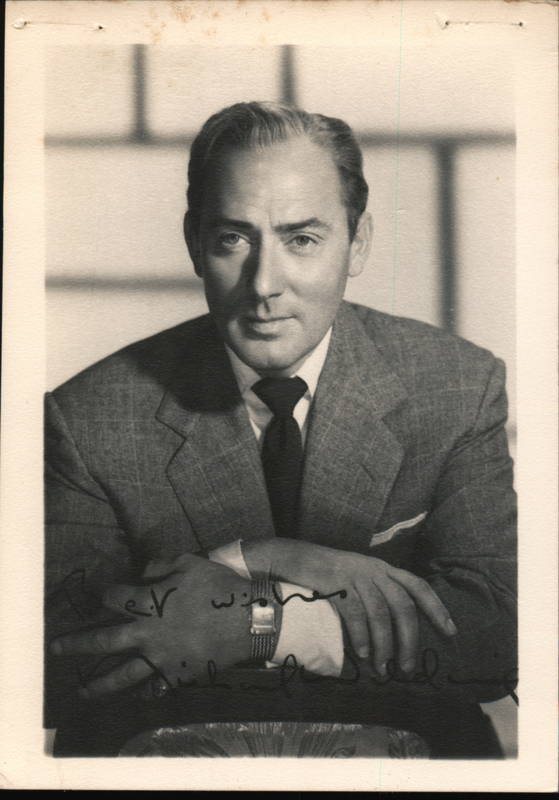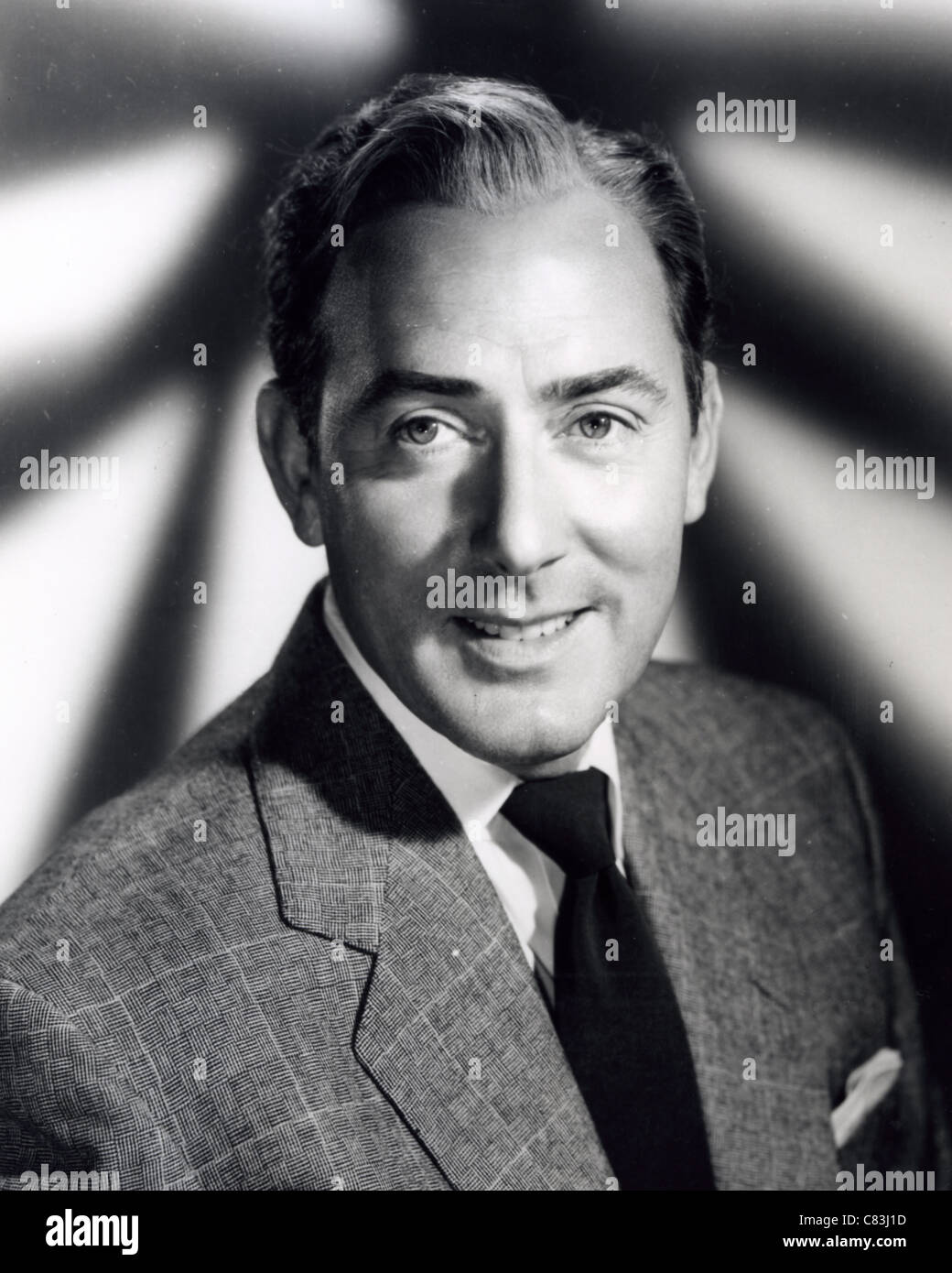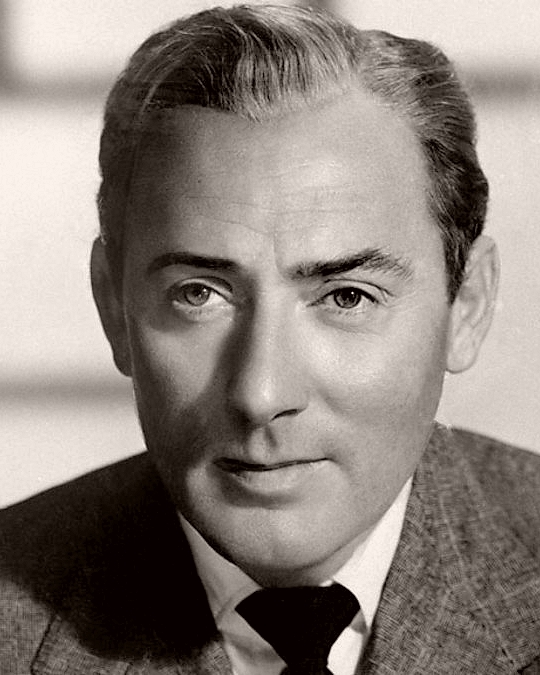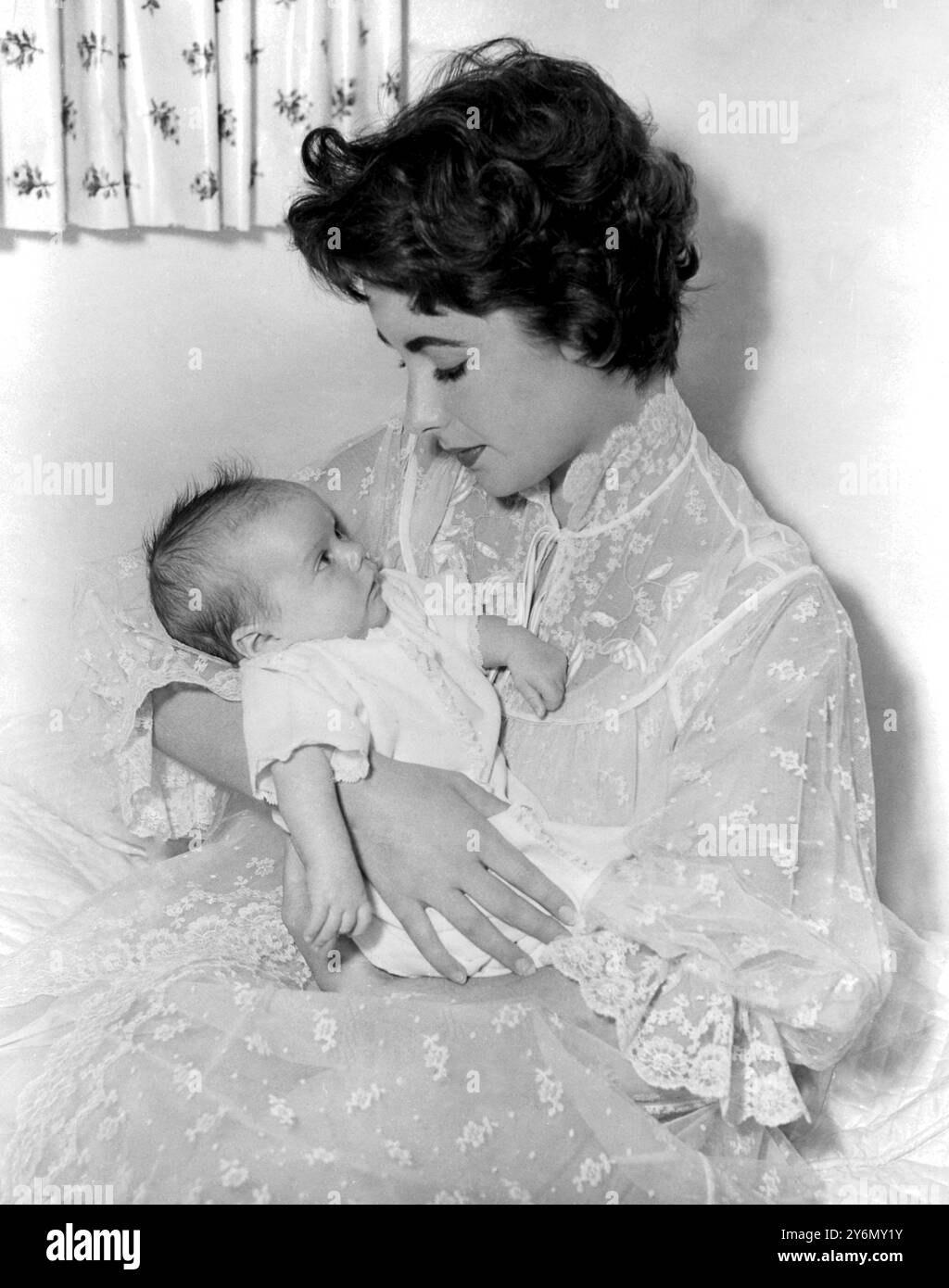Who was Michael Wilding, the man whose life and career spanned multiple continents and artistic disciplines? A bold statement reveals much about this enigmatic figure: Michael Wilding was not merely an actor or sculptor but a true Renaissance man whose contributions to both stage and stone left an indelible mark on the world of art. His journey through life was as varied as it was impactful, touching everything from Hollywood glamour to Santa Fe's rugged landscapes.
Born in 1912, Michael Wilding began his illustrious career in England before expanding his horizons across the globe. Known for his versatility as an actor, he appeared alongside some of the most celebrated names in film history, including Ingrid Bergman in Alfred Hitchcock’s Under Capricorn. Yet, beyond the glitz and glamour of cinema, Wilding found solace and inspiration in the quiet pursuit of sculpture. It was in Santa Fe, surrounded by the stark beauty of New Mexico’s high desert, that he discovered a new medium through which to express his creativity. Carving stone became more than just a craft; it became a philosophical exploration of form and essence, where subtraction revealed deeper truths.
| Full Name | Michael Wilding |
|---|---|
| Date of Birth | March 15, 1912 |
| Place of Birth | London, England |
| Date of Death | May 16, 1979 |
| Education | Educated throughout Europe |
| Career Highlights |
|
| Personal Life | Married Elizabeth Taylor from 1950 to 1953. Lived in Chichester, Sussex, after the passing of his fourth wife, actress Margaret. |
| Notable Achievements |
|
| Reference | G2SantaFe Contemporary Art Gallery |
Wilding's transition from acting to sculpting marked a significant shift in his professional trajectory. While his early years were dominated by performances on stage and screen, his later decades saw him immerse himself fully in the tactile world of stone. This change was not abrupt but rather an organic evolution driven by curiosity and passion. As he delved deeper into sculpture, Wilding developed a unique philosophy centered around the concept of subtraction—finding beauty not by adding elements but by removing them. Each piece he created told a story, reflecting his deep connection to nature and its transformative processes.
In Santa Fe, the landscape itself became a muse. The interplay between earth, wind, and water fascinated Wilding, inspiring him to incorporate these natural forces into his work. He often spoke of how the environment shaped his sculptures, likening the process to a collaboration between artist and material. “I’m very moved by the shapes that occur when earth, wind, and water have their way with the environment,” he once remarked. For Wilding, sculpting was not merely a technical exercise but a spiritual journey—a dialogue between human intention and natural inevitability.
Despite his achievements in the arts, Wilding's personal life remains a subject of intrigue. His marriage to Elizabeth Taylor, though brief, placed him squarely in the limelight of Hollywood's golden era. However, unlike many celebrities of the time, Wilding shied away from the trappings of fame, preferring instead to focus on his craft. After their divorce, he returned to England, eventually settling in Chichester, Sussex, following the death of his fourth wife. There, he continued to refine his skills, producing works that continue to captivate audiences today.
As General Manager of Hilton Woodland Hills/Los Angeles, Wilding demonstrated yet another facet of his multifaceted personality. His ability to excel in diverse fields—from performing arts to hospitality management—testifies to his adaptability and vision. At Stanford Hotels, he applied the same meticulous attention to detail that characterized his artistic endeavors, earning respect and admiration from colleagues and guests alike. With over 500 connections on LinkedIn, Wilding's professional network underscored his reputation as a leader who bridged industries seamlessly.
Throughout his life, Michael Wilding remained committed to exploring boundaries and pushing limits. Whether on screen, in stone, or within organizational structures, he approached each challenge with unwavering dedication. His legacy endures not only in the physical artifacts he left behind but also in the ideas he championed—the belief that creativity knows no bounds and that every medium offers opportunities for self-expression.
Today, visitors to galleries showcasing Wilding's sculptures marvel at the fluidity and movement captured in his pieces. These works stand as testament to his enduring influence, inviting viewers to contemplate the intricate dance between creation and destruction. By embracing various roles throughout his lifetime, Wilding exemplified the modern artist: someone unafraid to redefine themselves repeatedly in pursuit of authenticity and purpose.
Though Michael Wilding passed away in 1979, his impact continues to resonate. From the silver screens of yesteryear to the sunlit studios of Santa Fe, his journey serves as a reminder that true fulfillment lies in embracing one's passions wholeheartedly. As we reflect on his remarkable career and life, we are reminded that art, like life itself, is a continuous process of discovery and transformation.




